The Lactic Acid Market is expected to grow from USD 1.29 billion in 2020 to USD 3.34 billion by 2028, at a CAGR of 12.63% during the forecast period 2021-2028.
Lactic acid is one of the most well-known organic acids, with a diverse variety of industrial uses. The food, chemical, pharmaceutical, and cosmetics sectors all use this substance extensively. This product is lactic acid bacteria, a broad term for a diverse collection of helpful bacteria with probiotic characteristics. This acid is also used to produce wine and fermented dairy products and the pickling of vegetables, and the curing of fish, pork, and sausages. Lactic acid is a preservative and acidulant in pickled vegetables and olives and a key component in fermented foods such as canned vegetables, yogurt, and butter. Food and beverage, medicines, cosmetics, chemicals, and industrial uses all employ this naturally occurring organic acid.
The factors driving the lactic acid market are, Lactic acid is frequently employed as a mordant in the textile sector, where it also serves as a chrome level effluent control during the dyeing process, resulting in higher dye yields. Given that there is no other long-term answer for the procedure, lactic acid will continue to be used in textile production facilities. Lactic acid has an anti-acne action, so it is utilized as a component in acne cream. Furthermore, it is widely used as a moisturizer in many cosmetic items due to its ability to treat dry skin. Many people experience dry skin and wrinkles due to aging, which can be alleviated using lactic acid-based lotions. The factor restraining the lactic acid market growth is keeping supply in line with demand. New uses for lactic acid are found every year, and potential consumers indicate a preference for the product since it conforms with environmental standards. As a result, it's difficult for vendors to meet demand, which necessitates expansion in more manufacturing units, requiring additional investment. However, continued demand will ensure that vendors receive the desired return on investment and reach the breakeven point.
Green technology is becoming increasingly popular among consumers, resulting in new business opportunities.
This study delivers a comprehensive analysis of application. The application segment includes food & beverage, industrial, pharmaceuticals, personal care. The food & beverage application segment dominated the lactic acid segment market in 2020. Lactic acid inhibits precipitation scaling, produced by the development of solid salts, in food processing equipment, giving food makers more control over their processing environment and lowering cleaning costs.
The lactic acid market has been divided into North America, Europe, Asia-Pacific, Middle East & Africa, and South America. North America dominated the lactic acid market with 41.82% in 2020, followed by Asia-Pacific. Lactic acid is a precursor of various compounds, including esters, biosolvents, pyruvic acid, and acrylic acid. Plentiful feedstock and energy supplies are anticipated to improve regional market trends and drive chemicals industry expansion. Chemical demand has been bolstered by rising company investment and strong export markets in different end-use sectors such as housing and light automobiles. Major chemical producers are present in North America, and there is a considerable prospect of additional production capacity in the region. The lactic acid market is expected to expand due to rising demand for different specialty chemicals such as electronics, adhesives, coatings, oilfield, cosmetics, flavor, and fragrance chemicals. In the Asia-Pacific region, the lactic acid market is rapidly rising. Increased demand for lactic acid in meat and other foods applications, availability of low-cost raw materials, technological innovation, and strong backing from large manufacturing businesses in the region are all key market drivers. The cheap cost of raw materials for manufactures, such as molasses, sugarcane, starch, and other carbohydrates, has been a massive benefit for the sector since it reduces the ultimate cost of the product.
Some notable players in the lactic acid market are Corbion, Dow, BASF SE, Galactic, Futerro, Henan Jindan Lactic Acid Technology Co. Ltd., ThyssenKrupp AG, Musashino Chemical Co. Ltd., Cellulac, Jungbunzlauer Suisse AG.
Global Lactic Acid Market Analysis and Forecast, by Application
Global Lactic Acid Market Analysis and Forecast, by Region
Report Description:
1. Introduction
1.1. Objectives of the Study
1.2. Market Definition
1.3. Research Scope
1.4. Currency
1.5. Key Target Audience
2. Research Methodology and Assumptions
3. Executive Summary
4. Premium Insights
4.1. Porter’s Five Forces Analysis
4.2. Value Chain Analysis
4.3. Top Investment Pockets
4.3.1. Market Attractiveness Analysis by Application
4.3.2. Market Attractiveness Analysis By region
4.4. Industry Trends
5. Market Dynamics
5.1. Market Evaluation
5.2. Drivers
5.2.1. Increasing demand for alternative environment-friendly resources
5.3. Restrains
5.3.1. Concerns over the quality of lactic acid used in food & beverage products
5.4. Opportunities
5.4.1. Rapid popularity among consumers about green technology
6. Global Lactic Acid Market Analysis and Forecast, By Application
6.1. Segment Overview
6.2. Food & Beverage
6.3. Industrial
6.4. Pharmaceuticals
6.5. Personal Care
7. Global Lactic Acid Market Analysis and Forecast, By Regional Analysis
7.1. Segment Overview
7.2. North America
7.2.1. U.S.
7.2.2. Canada
7.2.3. Mexico
7.3. Europe
7.3.1. Germany
7.3.2. France
7.3.3. U.K.
7.3.4. Italy
7.3.5. Spain
7.4. Asia-Pacific
7.4.1. Japan
7.4.2. China
7.4.3. India
7.5. South America
7.5.1. Brazil
7.6. Middle East and Africa
7.6.1. UAE
7.6.2. South Africa
8. Global Lactic Acid Market-Competitive Landscape
8.1. Overview
8.2. Market Share of Key Players in Global Lactic Acid Market
8.2.1. Global Company Market Share
8.2.2. North America Company Market Share
8.2.3. Europe Company Market Share
8.2.4. APAC Company Market Share
8.3. Competitive Situations and Trends
8.3.1. Product Launches and Developments
8.3.2. Partnerships, Collaborations, and Agreements
8.3.3. Mergers & Acquisitions
8.3.4. Expansions
9. Company Profiles
9.1. Corbion
9.1.1. Business Overview
9.1.2. Company Snapshot
9.1.3. Company Market Share Analysis
9.1.4. Company Product Portfolio
9.1.5. Recent Developments
9.1.6. SWOT Analysis
9.2. Dow
9.2.1. Business Overview
9.2.2. Company Snapshot
9.2.3. Company Market Share Analysis
9.2.4. Company Product Portfolio
9.2.5. Recent Developments
9.2.6. SWOT Analysis
9.3. BASF SE
9.3.1. Business Overview
9.3.2. Company Snapshot
9.3.3. Company Market Share Analysis
9.3.4. Company Product Portfolio
9.3.5. Recent Developments
9.3.6. SWOT Analysis
9.4. Galactic
9.4.1. Business Overview
9.4.2. Company Snapshot
9.4.3. Company Market Share Analysis
9.4.4. Company Product Portfolio
9.4.5. Recent Developments
9.4.6. SWOT Analysis
9.5. Futerro
9.5.1. Business Overview
9.5.2. Company Snapshot
9.5.3. Company Market Share Analysis
9.5.4. Company Product Portfolio
9.5.5. Recent Developments
9.5.6. SWOT Analysis
9.6. Henan Jindan Lactic Acid Technology Co. Ltd.
9.6.1. Business Overview
9.6.2. Company Snapshot
9.6.3. Company Market Share Analysis
9.6.4. Company Product Portfolio
9.6.5. Recent Developments
9.6.6. SWOT Analysis
9.7. ThyssenKrupp AG
9.7.1. Business Overview
9.7.2. Company Snapshot
9.7.3. Company Market Share Analysis
9.7.4. Company Product Portfolio
9.7.5. Recent Developments
9.7.6. SWOT Analysis
9.8. Musashino Chemical Co. Ltd.
9.8.1. Business Overview
9.8.2. Company Snapshot
9.8.3. Company Market Share Analysis
9.8.4. Company Product Portfolio
9.8.5. Recent Developments
9.8.6. SWOT Analysis
9.9. Cellulac
9.9.1. Business Overview
9.9.2. Company Snapshot
9.9.3. Company Market Share Analysis
9.9.4. Company Product Portfolio
9.9.5. Recent Developments
9.9.6. SWOT Analysis
9.10. Jungbunzlauer Suisse AG
9.10.1. Business Overview
9.10.2. Company Snapshot
9.10.3. Company Market Share Analysis
9.10.4. Company Product Portfolio
9.10.5. Recent Developments
9.10.6. SWOT Analysis
List of Table
1. Global Lactic Acid Market, By Application, 2018-2028 (USD Billion)
2. Global Food & Beverage, Personal Care, Lactic Acid Market, By Region, 2018-2028 (USD Billion)
3. Global Industrial, Lactic Acid Market, By Region, 2018-2028 (USD Billion)
4. Global Pharmaceuticals, Lactic Acid Market, By Region, 2018-2028 (USD Billion)
5. Global Personal Care, Lactic Acid Market, By Region, 2018-2028 (USD Billion)
6. North America Lactic Acid Market, By Application, 2018-2028 (USD Billion)
7. U.S. Lactic Acid Market, By Application, 2018-2028 (USD Billion)
8. Canada Lactic Acid Market, By Application, 2018-2028 (USD Billion)
9. Mexico Lactic Acid Market, By Application, 2018-2028 (USD Billion)
10. Europe Lactic Acid Market, By Application, 2018-2028 (USD Billion)
11. Germany Lactic Acid Market, By Application, 2018-2028 (USD Billion)
12. France Lactic Acid Market, By Application, 2018-2028 (USD Billion)
13. U.K. Lactic Acid Market, By Application, 2018-2028 (USD Billion)
14. Italy Lactic Acid Market, By Application, 2018-2028 (USD Billion)
15. Spain Lactic Acid Market, By Application, 2018-2028 (USD Billion)
16. Asia Pacific Lactic Acid Market, By Application, 2018-2028 (USD Billion)
17. Japan Lactic Acid Market, By Application, 2018-2028 (USD Billion)
18. China Lactic Acid Market, By Application, 2018-2028 (USD Billion)
19. India Lactic Acid Market, By Application, 2018-2028 (USD Billion)
20. South America Lactic Acid Market, By Application, 2018-2028 (USD Billion)
21. Brazil Lactic Acid Market, By Application, 2018-2028 (USD Billion)
22. Middle East and Africa Lactic Acid Market, By Application, 2018-2028 (USD Billion)
23. UAE Lactic Acid Market, By Application, 2018-2028 (USD Billion)
24. South Africa Lactic Acid Market, By Application, 2018-2028 (USD Billion)
List of Figures
1. Global Lactic Acid Market Segmentation
2. Global Lactic Acid Market: Research Methodology
3. Market Size Estimation Methodology: Bottom-Up Approach
4. Market Size Estimation Methodology: Top-Down Approach
5. Data Triangulation
6. Porter’s Five Forces Analysis
7. Value Chain Analysis
8. Global Lactic Acid Market Attractiveness Analysis by Application
9. Global Lactic Acid Market Attractiveness Analysis by Region
10. Global Lactic Acid Market: Dynamics
11. Global Lactic Acid Market Share by Application (2021 - 2028)
12. Global Lactic Acid Market Share by Regions (2021 - 2028)
13. Global Lactic Acid Market Share by Company (2020)
Market research is a method of gathering, assessing and deducing data & information about a particular market. Market research is very crucial in these days. The techniques analyze about how a product/service can be offered to the market to its end-customers, observe the impact of that product/service based on the past customer experiences, and cater their needs and demands. Owing to the successful business ventures, accurate, relevant and thorough information is the base for all the organizations because market research report/study offers specific market related data & information about the industry growth prospects, perspective of the existing customers, and the overall market scenario prevailed in past, ongoing present and developing future. It allows the stakeholders and investors to determine the probability of a business before committing substantial resources to the venture. Market research helps in solving the marketing issues challenges that a business will most likely face.
Market research is valuable because of the following reasons:
Our research report features both the aspects; qualitative and quantitative. Qualitative part provides insights about the market driving forces, potential opportunities, customer’s demands and requirement which in turn help the companies to come up with new strategies in order to survive in the long run competition. The quantitative segment offers the most credible information related to the industry. Based on the data gathering, we use to derive the market size and estimate their future growth prospects on the basis of global, region and country.
Our market research process involves with the four specific stages.
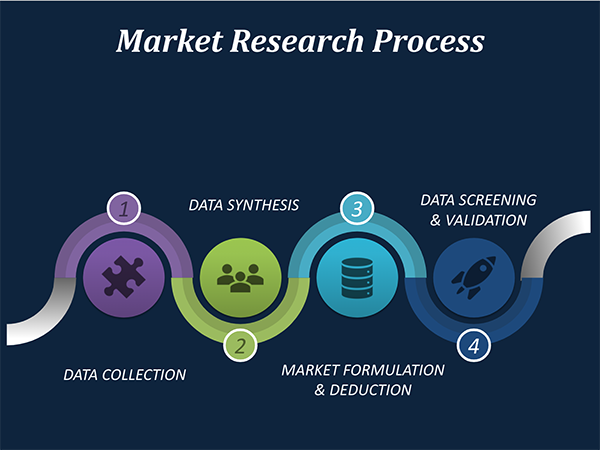
Data Collection: This stage of the market research process involves with the gathering and collecting of the market/industry related data from the sources. There are basically two types of research methods:
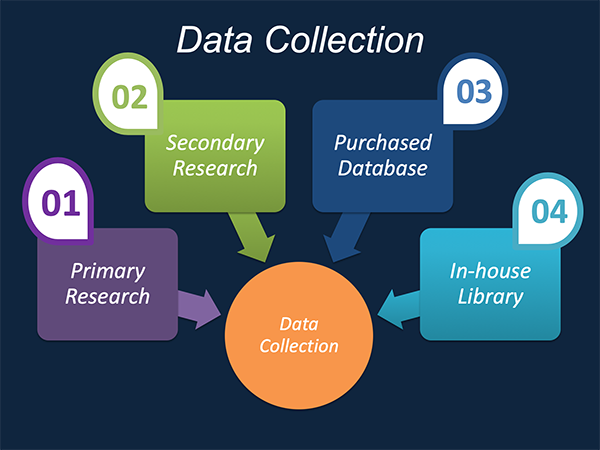
Data Synthesis: This stage includes the evaluation and assessment of all the data acquired from the primary and secondary research. It likewise includes in evaluating the information for any disparity watched while information gathering identified with the market. The data & information is gathered with consideration to the heterogeneity of sources. Scientific and statistical methods are implemented for synthesizing dissimilar information sets and provide the relevant data which is fundamental for formulating strategies. Our organization has broad involvement with information amalgamation where the information goes through different stages:
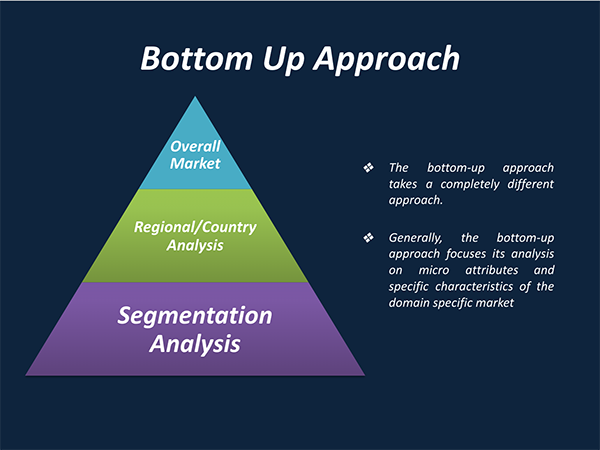
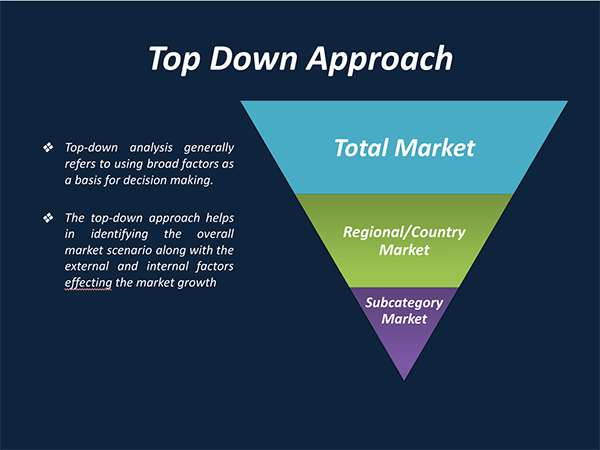
Market Formulation & Deduction: The last stage includes assigning the data & information in a suitable way in order to derive market size. Analyst reviews and domain based opinions based on holistic approach of market estimation combined with industry investigation additionally features a crucial role in this stage.
This stage includes with the finalization of the market size and numbers that we have gathered from primary and secondary research. With the data & information addition, we ensure that there is no gap in the market information. Market trend analysis is finished by our analysts by utilizing data extrapolation procedures, which give the most ideal figures to the market.
Data Validation: Validation is the most crucial step in the process. Validation & re-validation through scientifically designed technique and process that helps us finalize data-points to be used for final calculations. This stage also involves with the data triangulation process. Data triangulation generally implicates the cross validation and matching the data which has been collected from primary and secondary research methods.
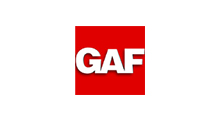
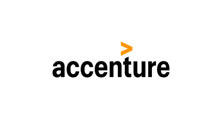
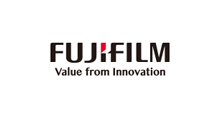
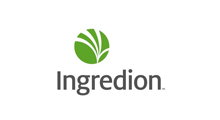

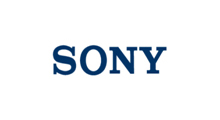
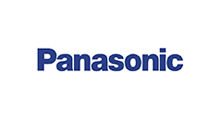
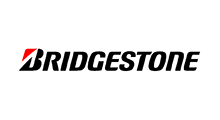
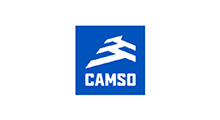
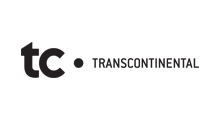
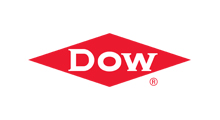
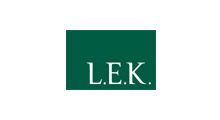
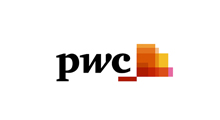
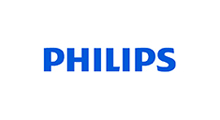
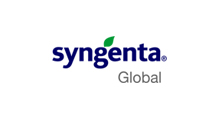
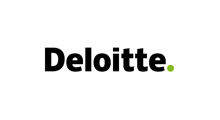
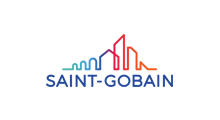
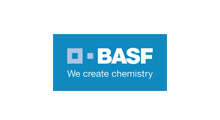
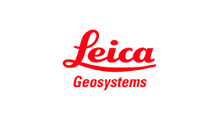
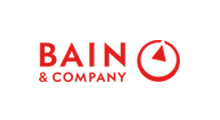
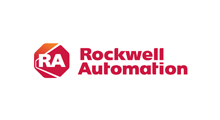
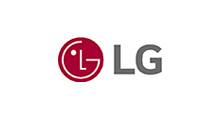
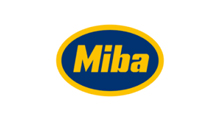
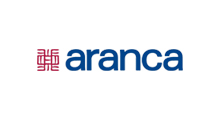
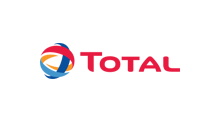
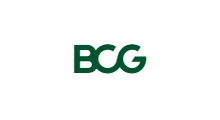
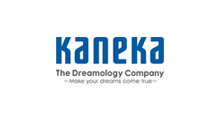
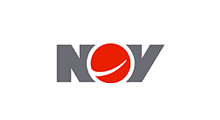
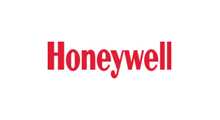
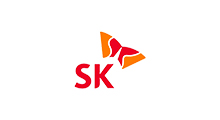
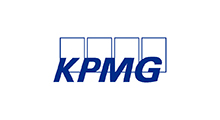
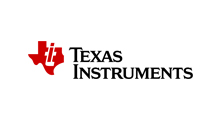
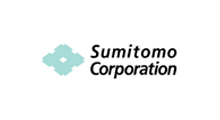
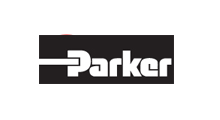
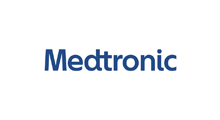
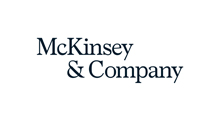
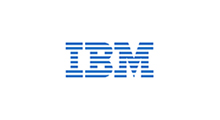
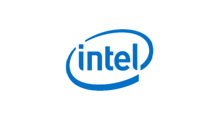
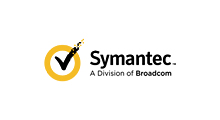
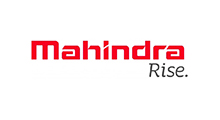
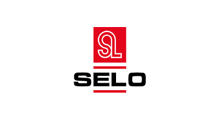
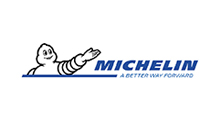
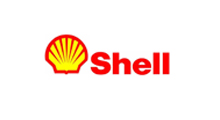
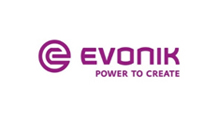
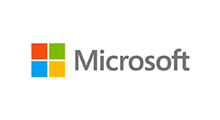
Free Customization
Countries can be added on demand
Free yearly update on purchase of Multi/Corporate User License
Companies served till date

We serve our customers 24x7 for 365 days through calls, emails and live chat options.
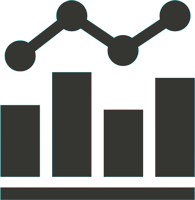
Huge database of exceptional market reports bringing market intelligence to your fingertips.

SSL enabled, we offer you various secured payment options for risk free purchase.